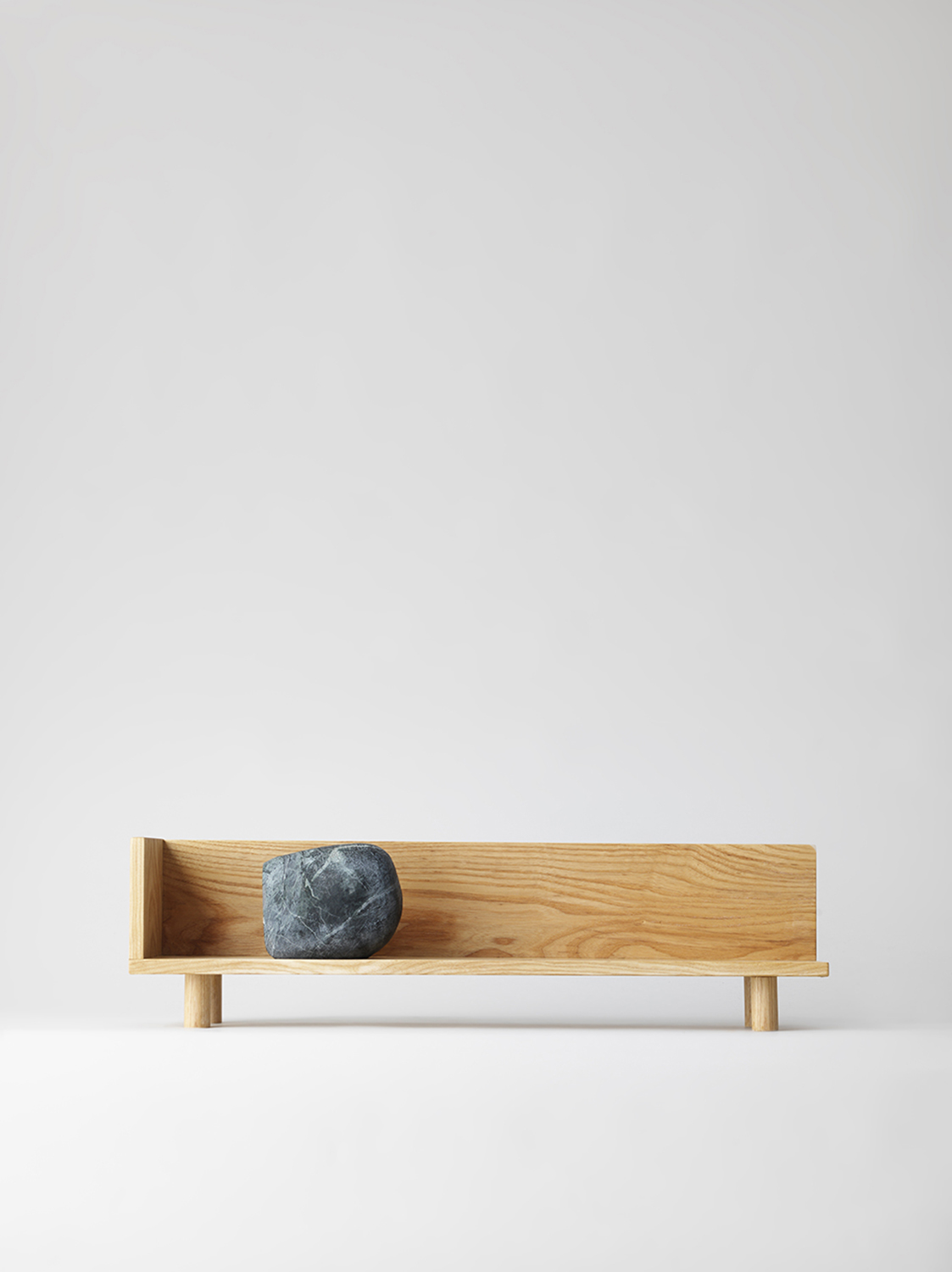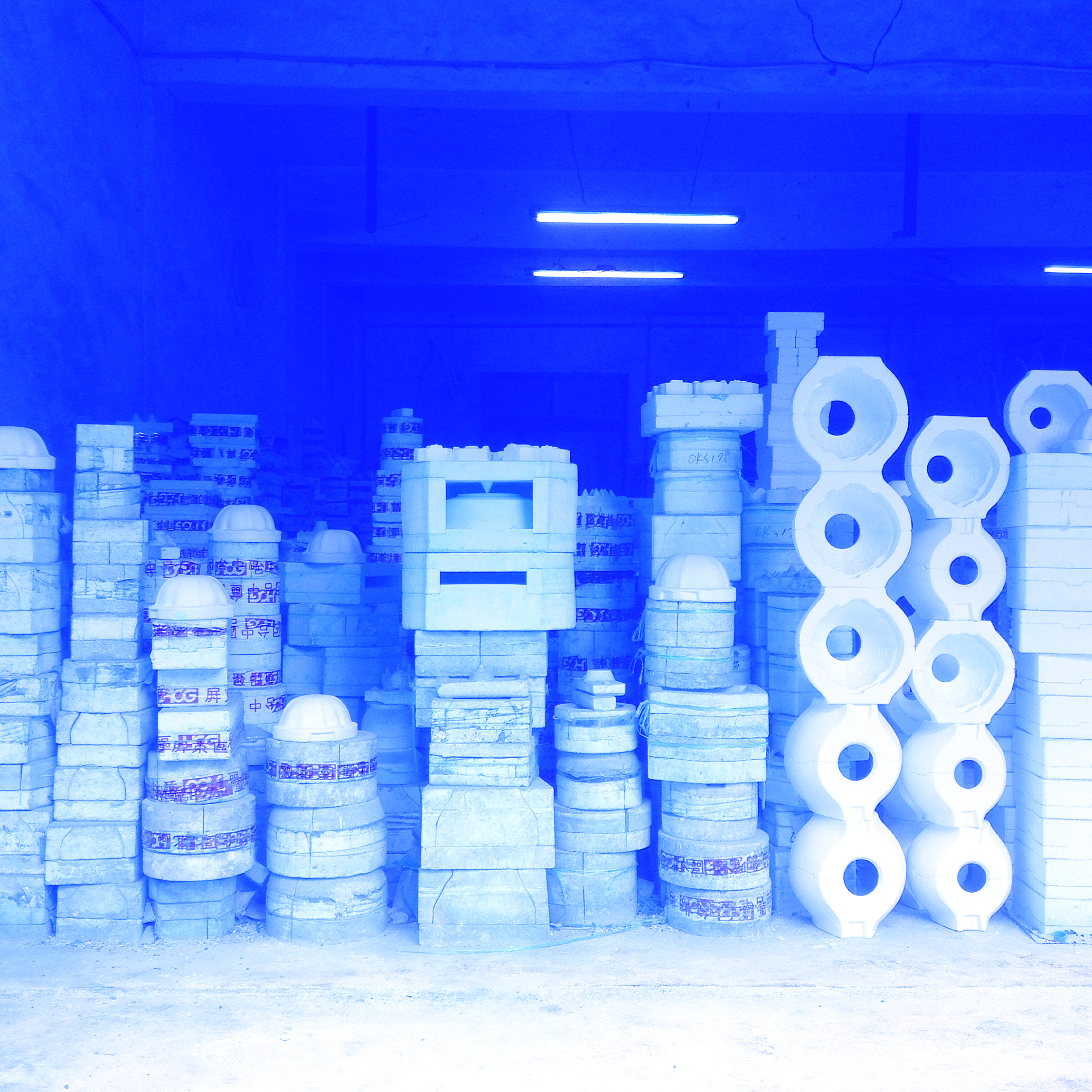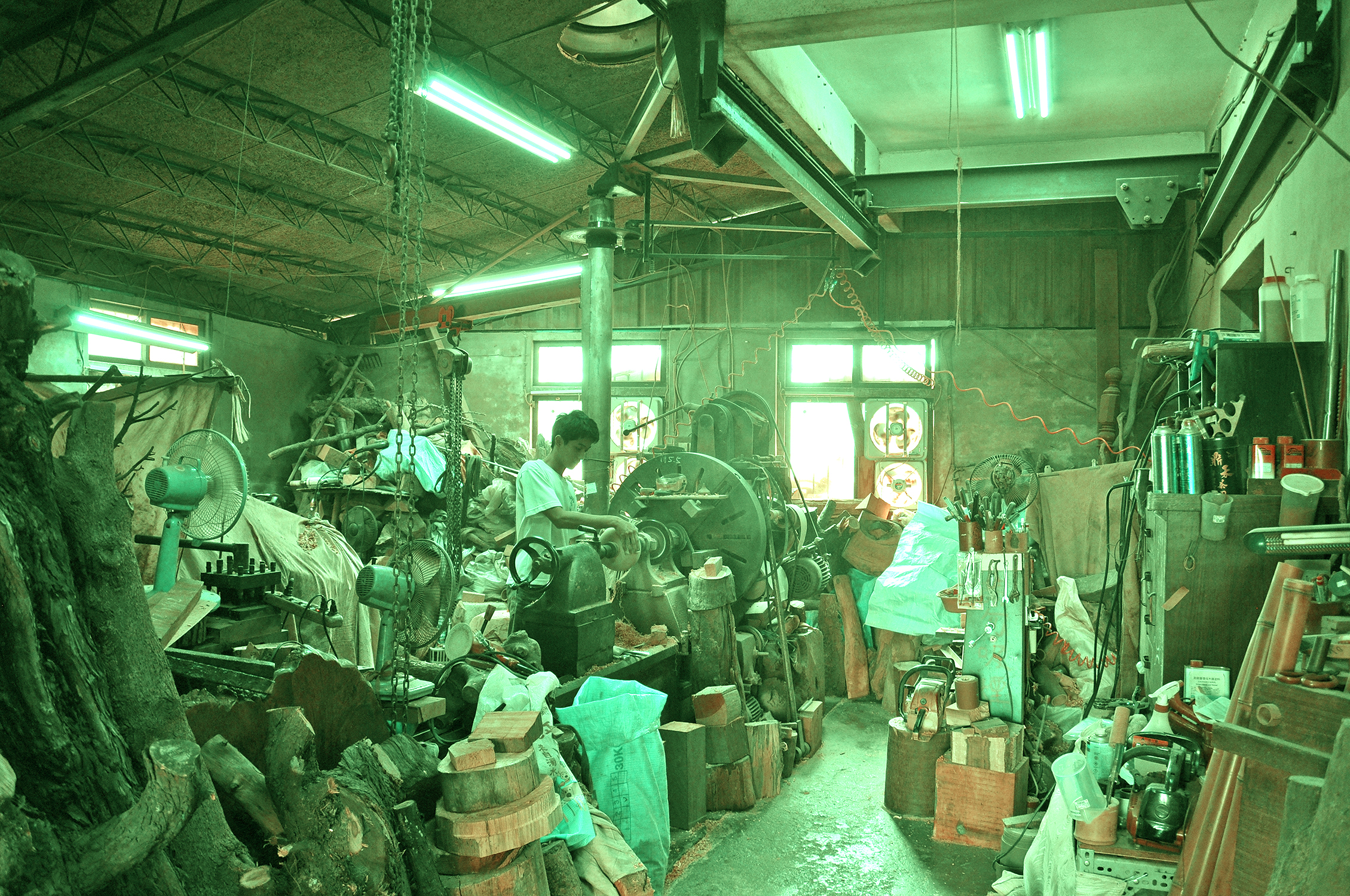




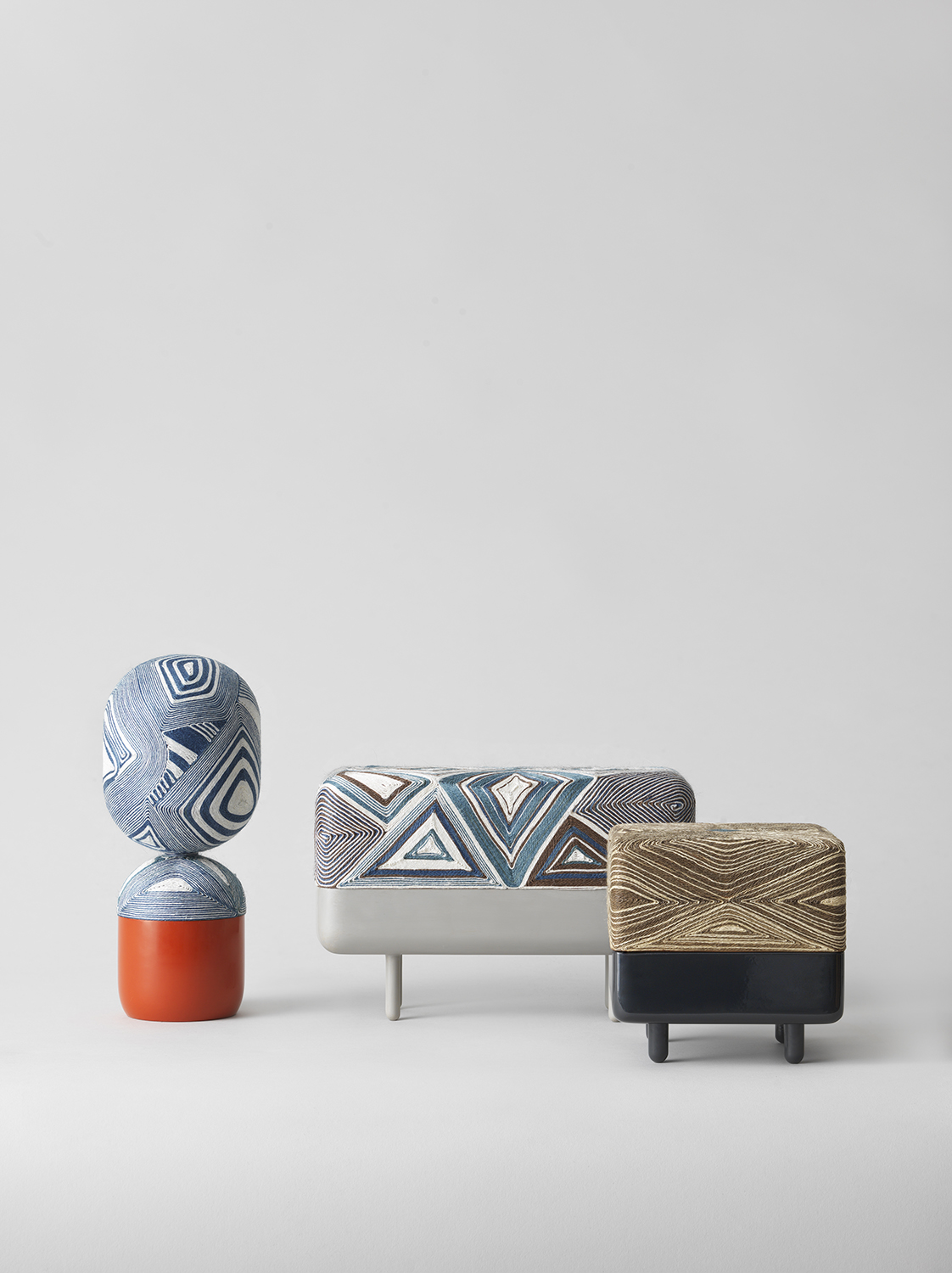
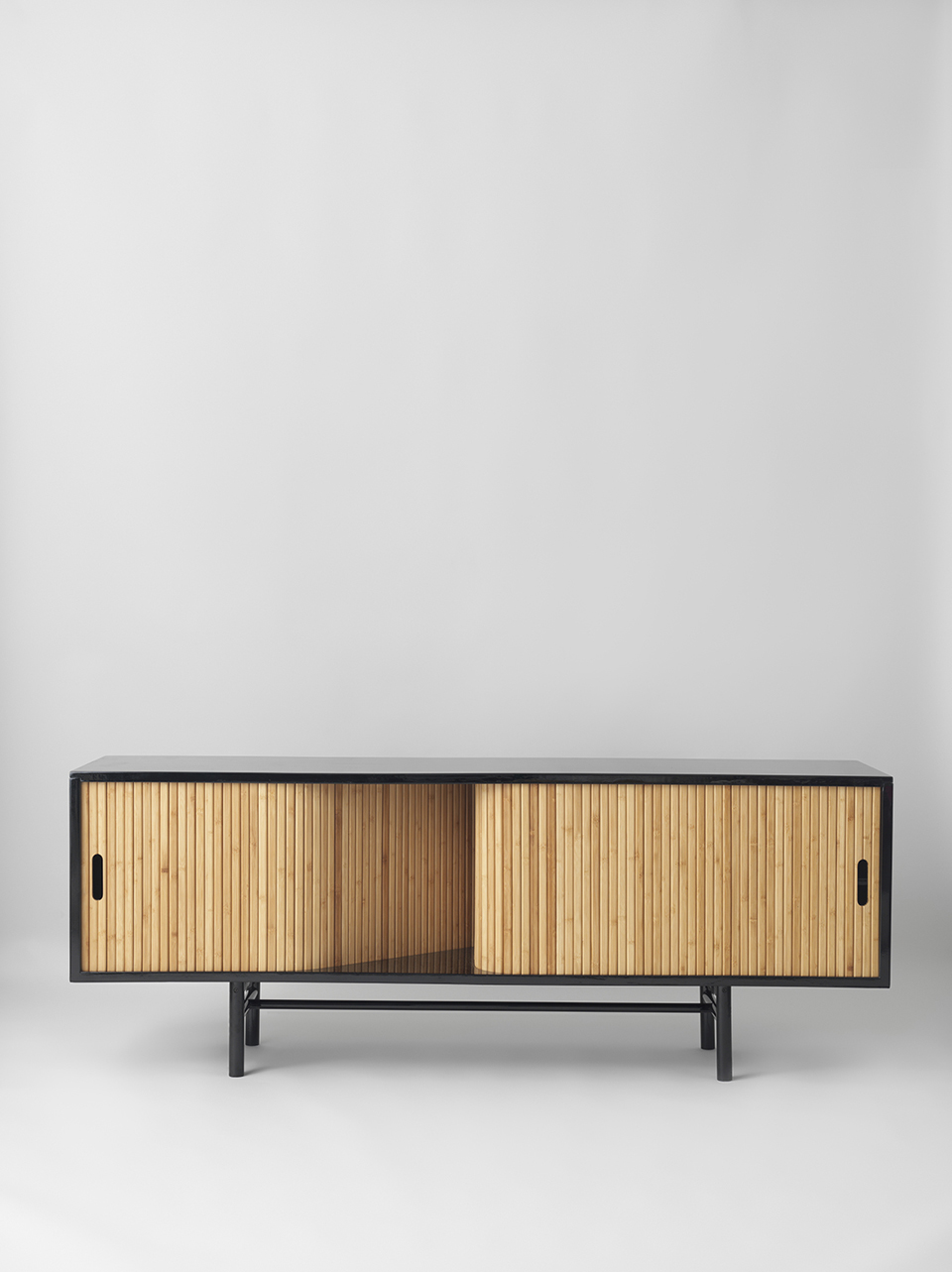

A New Layer, NTCRI, 2014
A New Layer was initiated by National Taiwan Craft Research and Development Institute in Nantau, Taiwan. It is a collaboration project between Carina Seth Andersson, TAF, Stina Löfgren and Matti Klenell to put the ancient lacquer artform in a new and contemporary context.
”Basically, you can do whatever you like, they will find right craftsman for you to work with.”
It isn't every day you get an e-mail with that kind of punchline. The message landed in my mailbox in January 2012 and came from Hung Ming Chen, a Taiwanese designer living in Stockholm. In it he invited me to go to Taiwan and design products which would then be produced by Taiwanese craftspeople. The commission included a desire to focus on objects with a lacquer finish of one kind or another, but otherwise the field was clear. Of course, it all seemed too good to be true, but true it was, and a few weeks later I paid my first visit to the island, together with illustrator Stina Löfgren.
As we staggered drowsily into the arrivals hall of Taoyuan Airport in Taipei, Hung Ming was there to meet us with a minibus. To me, that vehicle has come to epitomise the project, and for the next ten days we drove along winding gravel paths and dead-straight motorways to hilltop villages, seaport towns, industrial estates, paddy fields, paper mills and art galleries. This road trip through the length and breadth of the country showed us the loveliest of loveliness but also the drabbest, most dismal aspects of a country possessing both large-scale mass production and breathtakingly beautiful scenery.
Landing in the middle of all this and trying to fathom my place in the project was of course hugely perplexing, but at the same time hugely inspiring.

During the hours spent in our minibus I tried to gather my impressions and turn them into something concrete.
Before setting out I had tried to sketch some of what I wanted to do, but once there, needless to say, all the goalposts were moved and new ideas took shape. The minibus became a drawing office in which new sketches and trains of thought emerged and pre-existing thoughts were revised.
I noticed the process and spontaneity gaining the upper hand more and more, and the images and impressions
I acquired came to govern the expression of my work. My
normal functional thinking ceded more and more scope to the testing of idioms and materials. At the same time, everything had to go quickly, so each project was done at the flick of a wrist, catching decisions on the wing. I was amazed at my own productivity now that I was free to work through the ideas that came to me instead of criticising and querying them.
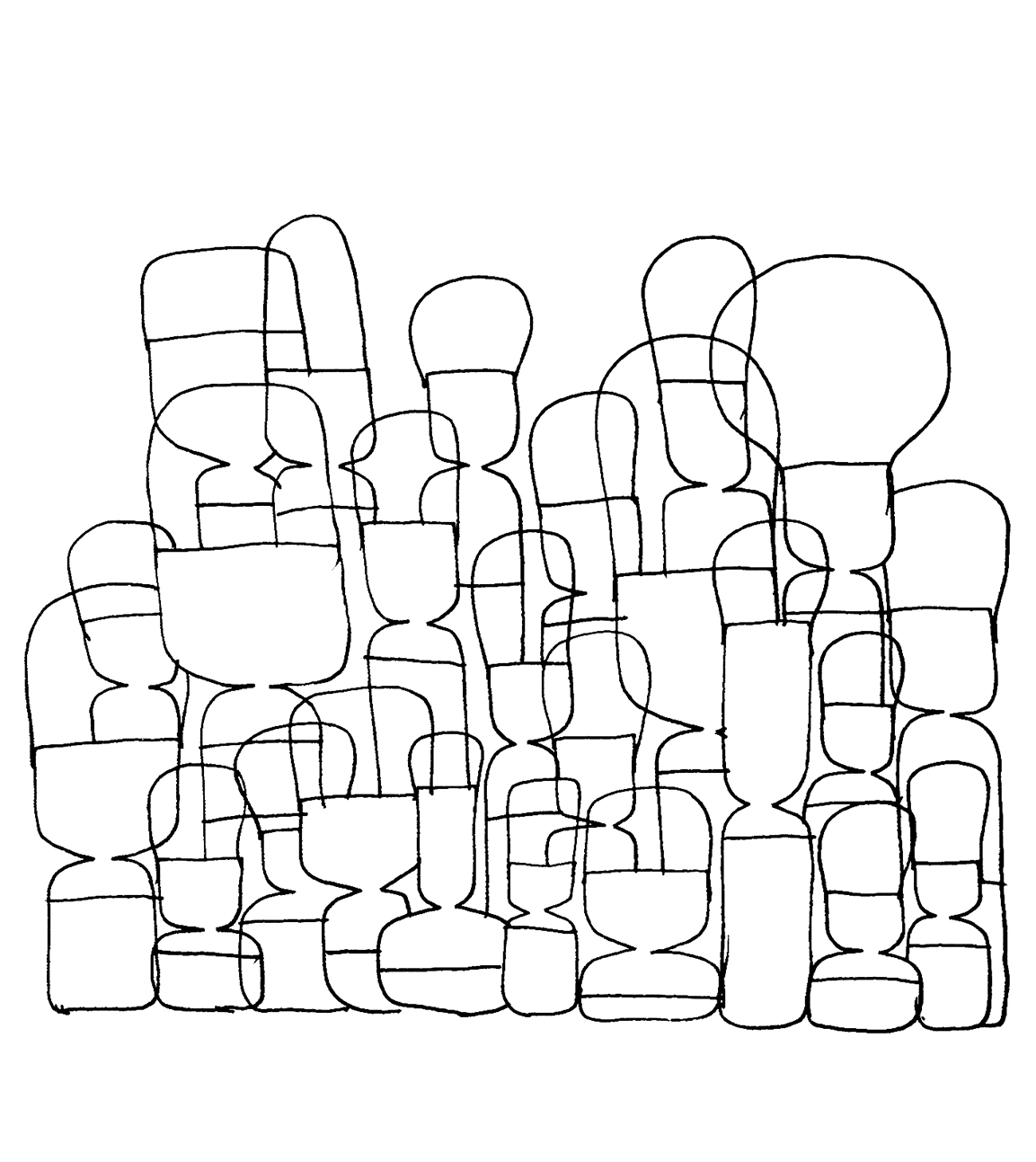
The end result, accordingly, is an abstract sampler or memorial of the production techniques I stumbled on and the people I met. I have tried to pin down the qualities I studied and to make room for the vocabularies of the craftspeople I worked with. Sometimes an idea of this kind has been hard to communicate, but often the result has turned out stronger than I could have achieved on my own. Understanding what kind of material lacquer is and what qualities it possesses is, I think, something I did not begin to approach until the project was nearing its end. This different way
of doing things has also resulted in an unconsciously unified collection. Aside from the different items being linked together by all having been given a lacquer finish, they are also interlinked by the new impressions I gained on my journey. No matter how exclusive and unique they may be taken singly, they will always be hard to explain taken singly.
Since that first visit I have returned to Taiwan five times in two years. These journeys have involved progressively fewer hours on the road and more time in workshops and studios. Not very much has really happened in between visits, and the return visits have if anything resembled a study in maturity, in which I have seen a gradual evolution and refinement of my spontaneous first thoughts. Most of this collection, then, can be said to have taken shape during that first intensive week in the minibus somewhere between Caotun and Taipei, with an endless mountain range or an endless industrial zone outside the windscreen.
